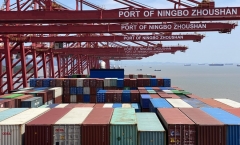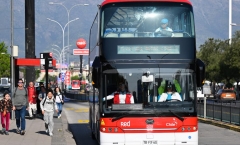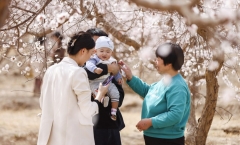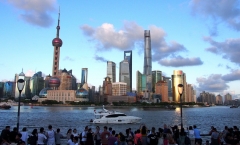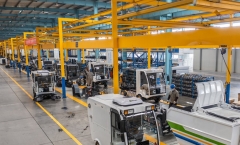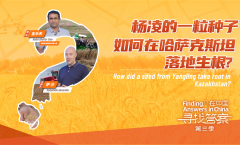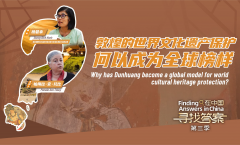Over 4,000 years ago, Hou Ji, who is said to be the earliest agricultural official in Chinese history, taught people how to plant and cultivate crops in Yangling. Today, the Yangling demonstration zone, known as a national agrarian hub, plays a crucial role in advancing China’s agricultural modernization. It not only gathers a cluster of agricultural universities such as Northwest A&F University, seed research and development companies, and agricultural innovation teams, but also attracts an increasing number of scholars and experts from Shanghai Cooperation Organization (SCO) countries. Located in the central hinterlands of China, the small town of Yangling has become a demonstration zone for the modernization of Chinese agriculture. How did it achieve this status? Alexander Kubyshkin, a host of the CICG Center for Europe and Asia, visited Yangling in Shaanxi Province with Pakistani student Abdul Ghaffar Shar to find the answers.

 Facebook
Facebook
 Twitter
Twitter
 Linkedin
Linkedin
 Google +
Google +

